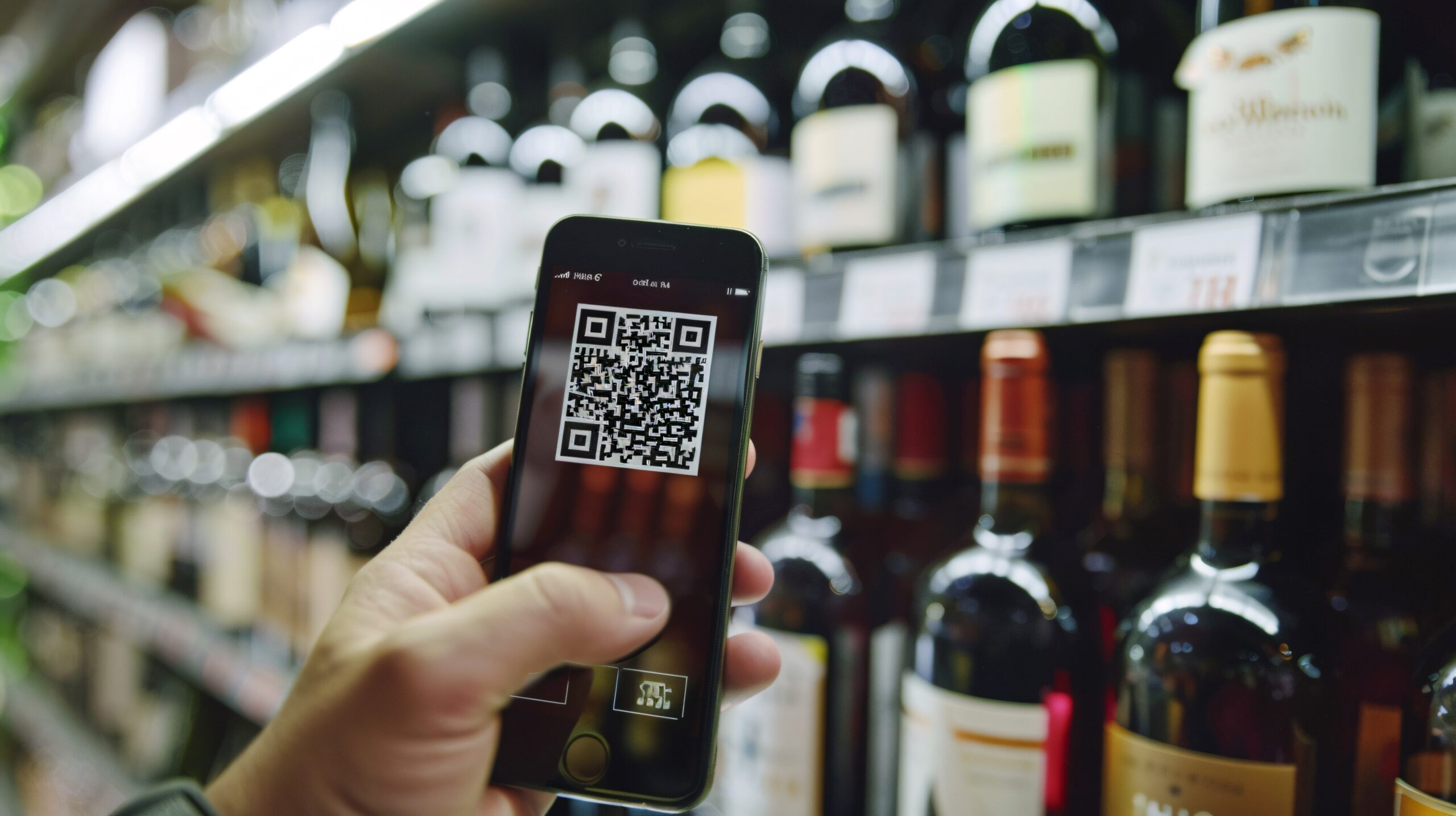How Product Content Powers Discovery, Alignment and Validation in the Hybrid Retail Era
December 3, 2024

With endless options, consumers rely heavily on product content to guide them through their shopping journey. As revealed in the 2024 Consumer Product Content Benchmark Report, the shopping process can be broken down into three key stages: Discover, Align and Validate. To succeed, brands must optimize their product content at each stage, ensuring a smooth and engaging experience that drives conversions.
Let’s explore how product content plays a pivotal role at each stage of the path to purchase.
Stage 1: Discover – Grabbing Shoppers’ Attention
The first stage of any shopping journey begins with discovery. This is where consumers are exposed to products, whether through search engines, retailer websites, social media or in-store displays. Here, the goal is to create content that grabs attention quickly and ranks well in search, both on platforms like Amazon and Google and within a brand’s own website.
Key Product Content Features for Discovery:
- SEO-Optimized Titles and Descriptions: Titles and meta descriptions need to be keyword-rich and informative. This ensures your product surfaces in both organic search results and internal site searches on e-commerce platforms. The report shows that 66% of shoppers search multiple websites before making a purchase, so ensuring you appear in those early searches is critical.
- Eye-Catching Product Imagery: Shoppers are drawn to visuals. High-quality images that show multiple angles of the product, or even 360-degree spins, are essential. A staggering 55% of shoppers will leave a product detail page (PDP) if the images are poor quality or there are too few. Augmented Reality (AR) tools, allowing customers to visualize the product in their space, are becoming more popular and can also boost engagement during the discovery phase.
- Engaging Rich Content: Video content, lifestyle images and product demonstrations help capture attention early. 51% of shoppers admit that rich content persuaded them to make a purchase they weren’t initially planning on. This kind of content not only attracts but also educates and excites shoppers.
Product Content in Action:
Consider a new smartphone launch. During discovery, you would focus on having sharp, SEO-driven product titles that include key features (“5G-enabled, 128GB Smartphone with Triple Camera”) and dynamic product imagery that captures multiple angles and colors, paired with video walkthroughs. Rich content like AR features showing how the phone fits in a shopper’s hand could further increase engagement.
Stage 2: Align – Meeting Shoppers’ Needs and Preferences
Once shoppers discover a product, the next stage is to align that product’s benefits and features with their needs and desires. At this stage, consumers are digging into the product details and evaluating if the product fits their specific requirements.
Key Product Content Features for Alignment:
- Comprehensive Product Descriptions: Product descriptions should be more than basic overviews. They should offer detailed explanations of features and how the product can meet the shopper’s needs. According to the report, 64% of shoppers said that detailed, well-written product descriptions have the most positive impact on their purchase decision.
- Detailed Specifications and Features: Consumers want all the technical details—dimensions, materials, functions and compatibility—upfront. When comparing products, they seek out specific information, and if it’s not available, 40% of shoppers will leave the PDP. Comparison tables that detail features like price, dimensions and technical specs against competitors are particularly useful here.
- Lifestyle Imagery and Use Cases: Aligning a product with the shopper’s lifestyle or use case is key to driving purchase intent. Lifestyle imagery shows the product in action—whether it’s kitchen appliances in a home setting, sports gear being used outdoors, or furniture in a living room. It helps the shopper picture themselves owning and using the product.
- Rich Content: Interactive media, like 360-degree spin images, and videos that demonstrate product features, are among the most persuasive. 51% of shoppers said rich content like videos or interactive product displays swayed them to buy products they weren’t initially intending to purchase.
Product Content in Action:
In the case of fitness equipment, detailed product descriptions could explain the materials, warranty and benefits (e.g., “This treadmill is designed for daily runners, with shock absorption technology to reduce joint strain”). Specs on motor strength, speed settings and assembly options can also help align the product with consumer needs. A video showcasing different running modes or customer testimonials would further reinforce the alignment.
Stage 3: Validate – Building Trust Through Social Proof
Once a shopper feels a product aligns with their needs, they move to validation, where they seek reassurance that they’re making the right choice. Here, user-generated content (UGC) such as ratings, reviews and customer-submitted photos or videos play a crucial role. Peer feedback is essential to providing the social proof shoppers need before committing to a purchase.
Key Product Content Features for Validation:
- Ratings and Reviews: Consumers trust other shoppers. The report highlights that 67% of consumers are swayed by customer ratings and reviews. Ample, high-quality reviews increase a product’s credibility, and 48% of shoppers will leave a PDP if there are too few customer reviews.
- Customer-Submitted Imagery and Videos: UGC content like photos and videos from actual buyers allows prospective shoppers to see the product in real-life scenarios. Customer-submitted imagery is crucial to 29% of shoppers, while nearly half of all consumers find UGC videos highly persuasive.
- FAQs and Peer Recommendations: FAQ sections are another vital part of the validation process. Shoppers often look for answers to common questions that can make or break a sale, especially for technical or high-investment products. In addition, 45% of shoppers follow brands or retailers on social media, and seeing a recommendation from someone they trust—whether an influencer or a friend—further solidifies their decision to buy.
Product Content in Action:
For a product like a high-end camera, validation content might include dozens of positive reviews from amateur and professional photographers, customer-submitted images showcasing photo quality and videos demonstrating ease of use. A strong FAQ section addressing questions about lenses, battery life and shooting conditions would provide the final layer of trust.
The Right Balance of Discovery, Alignment, and Validation
Optimizing product content for all three stages is essential for converting customers in today’s competitive market. Many brands excel in one area but fail to deliver in another. For instance, a brand might have great search visibility but lack detailed product descriptions, leaving shoppers confused and ready to abandon the purchase. Conversely, some brands may offer rich content but struggle to appear in search results due to poor SEO.
Getting the balance right requires a concerted effort across departments. Teams handling SEO, product data and content creation must work in tandem to ensure the product is not only discoverable but also compelling and trustworthy throughout the journey.
Conclusion: Mastering the Product Content Journey
As the hybrid retail world evolves, product content remains the key driver of purchase decisions. Brands that strategically craft their content to cater to the Discover, Align and Validate stages can effectively capture attention, meet customer needs and build the trust necessary to drive conversions. At 1WorldSync, we provide the tools and insights brands need to optimize their product content and ensure that they’re engaging shoppers at every step of the path to purchase.
Whether it’s improving your search rankings, enhancing product descriptions or leveraging UGC to validate a purchase, getting product content right is the key to success in 2024 and beyond. Reach out to our team to master product content discovery, alignment and validation today.





